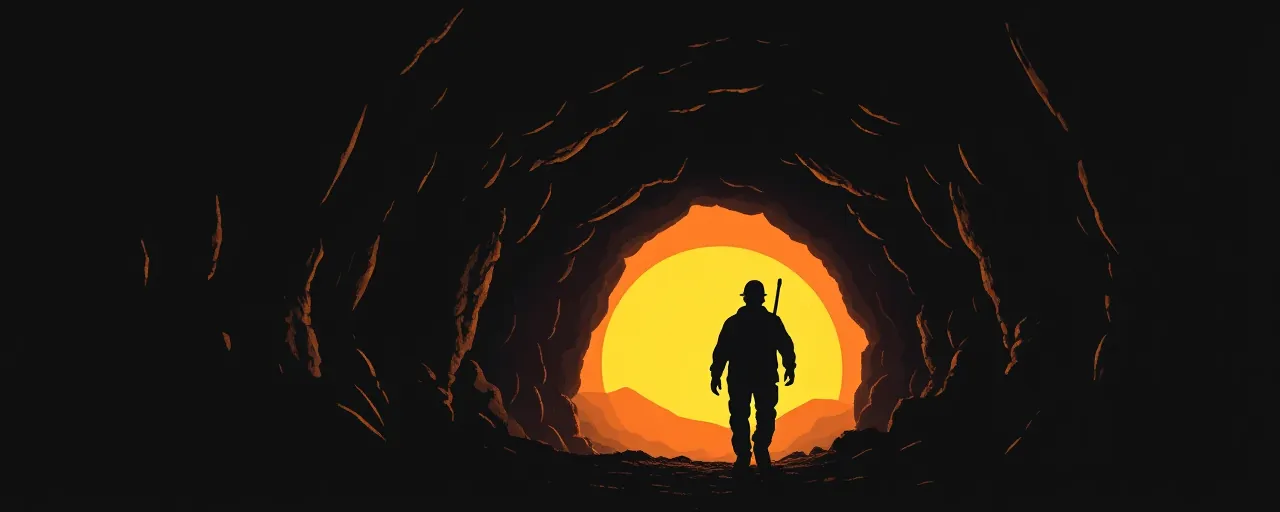A Turnaround in the Bayou
Deep in New Iberia, Louisiana, the Weeks Island Mine and Mill has been a hive of activity, and not always for the right reasons. For over two years, it carried a heavy label from the U.S. Department of Labor’s Mine Safety and Health Administration: a pattern of violations designation, reserved for operations with a troubling track record of safety lapses. That changed in early 2025, when the Morton Salt Inc.-operated facility shed that status, a move announced on April 7 after a rigorous push to overhaul its practices.
The turnaround wasn’t quick or easy. Since December 2022, the mine faced intense scrutiny for racking up significant and substantial violations, the kind that signal real risks to workers’ lives. But with a mix of determination and collaboration with MSHA, the operation clawed its way back, proving that even the toughest enforcement can spark real change. It’s a story that resonates beyond Louisiana, touching on the lives of miners and the broader push to make one of America’s oldest industries safer.
Cracking Down on Hazards
The pattern of violations tag isn’t handed out lightly. It’s a tool MSHA uses to zero in on mines where serious breaches pile up, from faulty equipment to ignored hazards like unstable rock faces or toxic air. For Weeks Island, landing on that list in 2022 meant immediate pressure to act. The mine rolled out enhanced training, beefed-up monitoring, and measures to spot risks before they turned deadly. By February 2025, an MSHA inspection found no major violations, a stark contrast to its past.
This shift didn’t happen in a vacuum. Across the industry, data backs up the impact of such efforts. Mines facing similar scrutiny have cut significant violations by 15% between 2022 and 2024, according to recent figures. Safety training, a cornerstone of Weeks Island’s recovery, has long been a proven shield; studies from the early 2000s showed over 60% of well-trained operations avoided training-related violations entirely. It’s a practical fix with a human payoff: fewer injuries, fewer families left waiting for bad news.
Tools and Tech in the Trenches
Beyond training, technology played a quiet but critical role at Weeks Island. Smart sensors now track air quality and equipment health in real time, while stricter protocols keep hazards in check. This isn’t unique to one mine. The industry’s embrace of automation and monitoring tools, like drones mapping unstable tunnels or AI predicting gear failures, has slashed risks that once claimed lives. Miners today face less exposure to danger, thanks to machines taking on the heaviest lifting.
Yet, it’s not a silver bullet. Some operators argue the cost of high-tech upgrades strains smaller outfits, potentially widening gaps between big players and independents. Others point out that tech can’t replace the human instinct honed by years underground. Still, the numbers don’t lie: the all-injury rate in mining dropped to 1.81 in 2024 from 2.08 in 2018, a decline tied closely to these innovations and MSHA’s watchful eye.
The Bigger Picture
Weeks Island’s story fits into a decades-long effort to tame an industry once riddled with peril. Since the Mine Safety and Health Act of 1977, federal oversight has chipped away at fatality rates, with 2024 seeing a 30% drop from the year before. MSHA’s role, from quarterly underground inspections to hefty fines (over 94,000 violations cited in 2024 alone), keeps the heat on operators to prioritize workers over shortcuts. For the first time since 2021, no mine hit POV criteria last year, a milestone signaling progress.
Not everyone sees it as a straight win. Mine operators often grumble about the regulatory burden, saying it hampers efficiency in an already tough market. Workers, meanwhile, value the protection but sometimes question if enforcement catches every risk in time. Advocates for miner health, including those fighting black lung disease, push for even tighter rules, like recent limits on silica dust exposure. It’s a balancing act, with lives hanging in the mix.
What’s Next for Miners
For Weeks Island, exiting POV status isn’t the end of the road. MSHA plans to keep tabs on the mine, offering support to lock in those gains. The agency’s message to the industry is clear: stay proactive. Tools like the POV Calculator let operators track their own performance, a nudge to fix problems before they spiral. It’s a system built on accountability, and Weeks Island shows it can work when the effort’s there.
Zoom out, and the stakes come into focus. Mining feeds the economy, from salt to coal to metals, but it’s the people underground who keep it running. Every violation dodged, every accident avoided, ripples out to homes and communities. Weeks Island’s rebound offers a glimpse of what’s possible when safety isn’t just a rule but a lifeline. The question now is whether the industry can hold that line, not just in Louisiana, but everywhere the earth gets cracked open.
